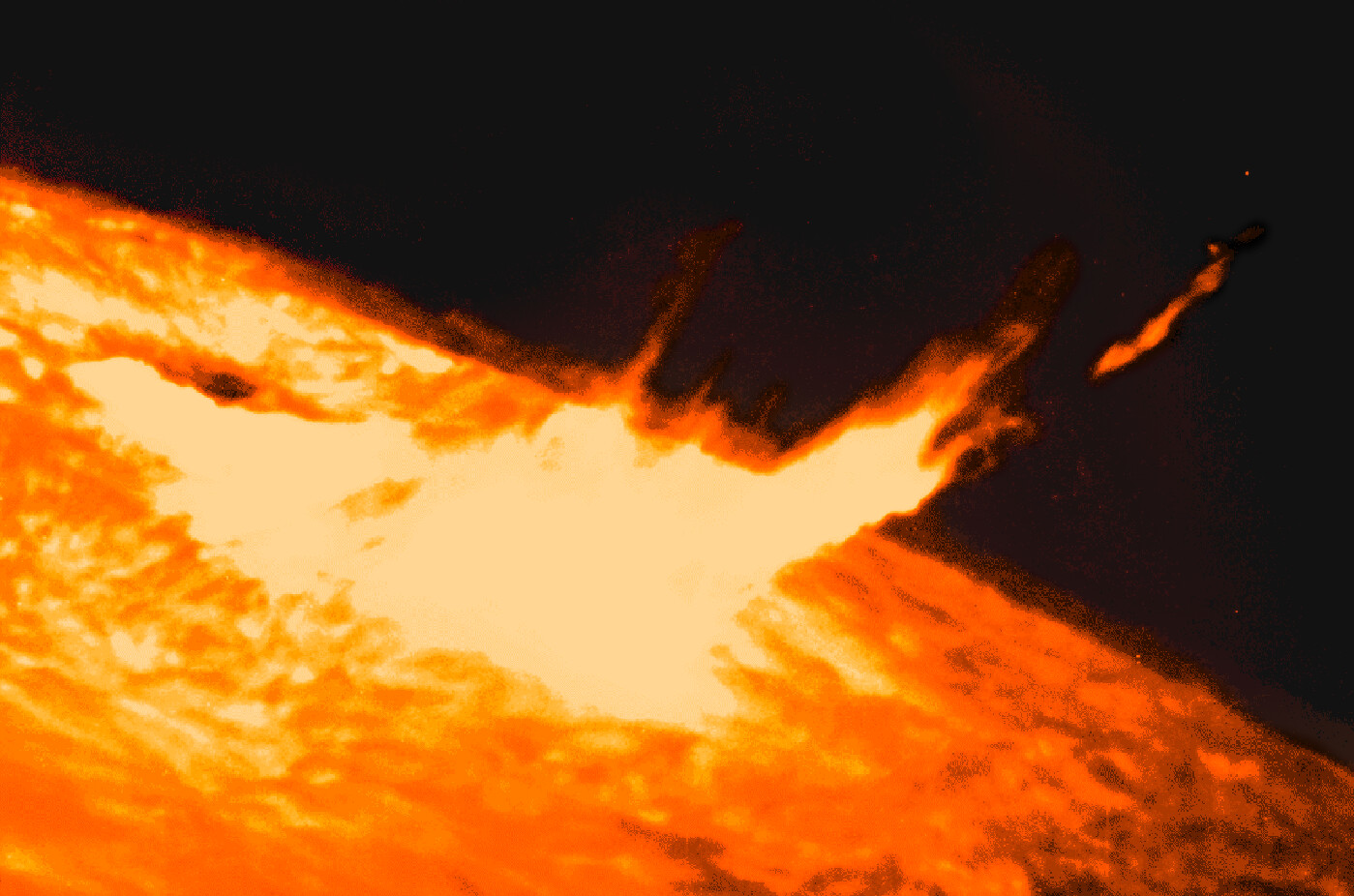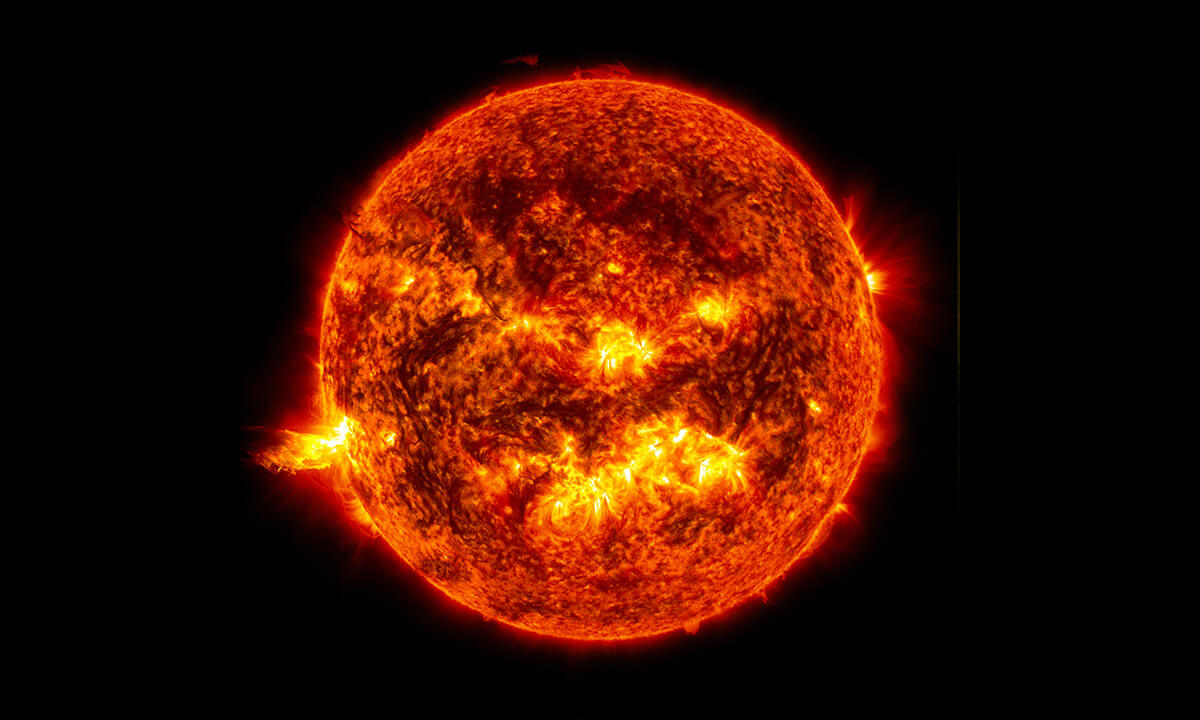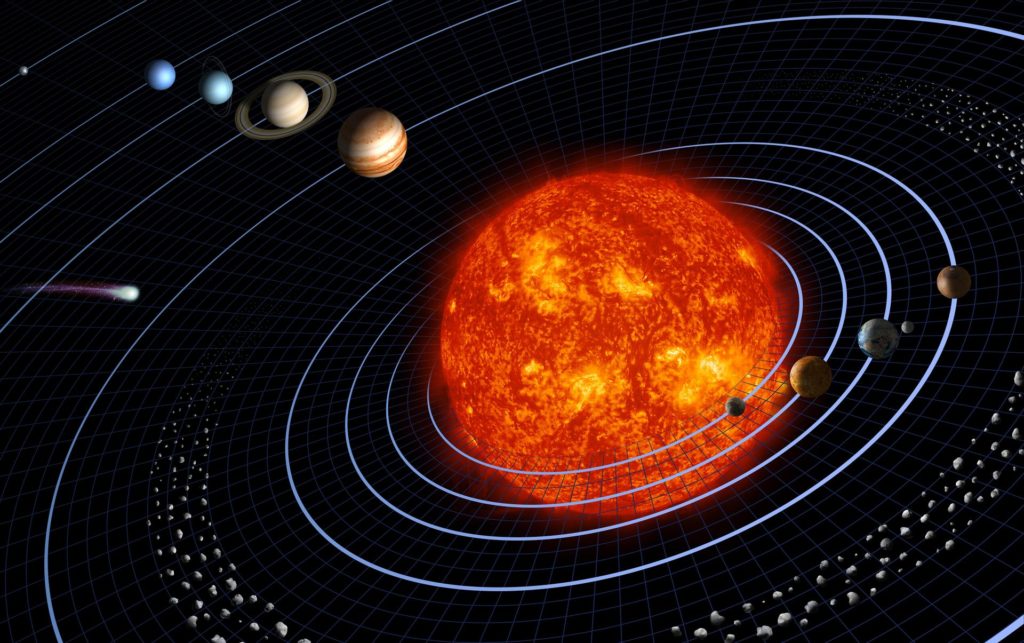Similar to how the moon shapes the gravitational pull of the Earth, the Sun has some explosive effects that happen to us almost instantaneously. Recently, an explosion from the Sun sent an energized charge through space that triggered blackouts near Australia and South Asia.
Reports surfaced on Tuesday morning that 900,000 mph particles from the Sun affected ham radio operators and mariners around the two targeted areas.
The Most Recent Solar Flare

According to the Daily Mail, the long-duration flare was released from the Sun at 8:30 p.m. ET on Monday. The solar storm reached Earth shortly after.
NOAA’s Space Weather Prediction Center discovered through their satellites that there is a 45 percent chance of more communication disruption to come in the next few days from this solar flare.
How Do Solar Flares Happen?

Solar flares are a natural phenomenon that are created when an incredible amount of energy in the form of light and particles rupture to create one of the most powerful explosions in the solar system.
They happen when magnetic fields on the Sun’s surface become entangled and then suddenly release their built-up energy.
The Effects of a Solar Flare

This releases intense bursts of radiation across various wavelengths, from radio waves to X-rays and gamma rays. While powerful, they don’t actually tear the Sun apart, nor do they have any massive effects on Earth.
Strong flares can cause radio blackouts and satellite malfunctions. More powerful solar flares can cause power grid disruptions, potentially damaging transformers.
The Solar Flare Is Classified as an M-Class Flare

This recent explosion was more effective than the average solar flare. Physicists are classifying this solar flare as an M-class flare, which can cause small to moderate radio blackouts on the daylight side of Earth.
Flares are classified on a scale from A to X, with X benign the most powerful. Lower-class flares might not cause any blackouts, while X-class flares can result in blackouts that last for hours.
Largest Solar Flare in History

Within each letter category, a numeral suffix ranging from 1 to 9 is used to indicate the precise intensity within that classification. For example, an M5 solar flare is stronger than an M2.
There are exceptions for X-class flares. Their immense power allows this classification of solar flare to exceed 10 times the strength of X1, so they have numerical suffixes that exceed 9. The most powerful solar flare on record happened in 2003, and was estimated to be an X45.
Who Is Impacted by Solar Flares?

The alert is largely for frequencies used by aviation communication, government time stations, weather stations, and amateur radio and citizen band service.
“Those who [are typically] impacted are people who rely on GPS/GNSS service, especially at high latitudes,” Physicist Dr. Tamitha Skov told Daily Mail, “as well as precision farmers and anyone using UAVs for reconnaissance, search and rescue, or aerial photography.
What Are CMEs?

Coronal mass ejections (CMEs) are massive eruptions of plasma from the Sun’s outer atmosphere. Sometimes, large solar flares, like M-class flares, can create the conditions necessary for a CME to erupt.
Depending on the CME’s strength and direction, they can potentially cause power grid disruptions, satellite malfunctions, and communication issues.
A CME Is Headed Toward Earth

CEMs can also produce a geomagnetic storm that can temporarily disrupt Earth’s magnetosphere, the planet’s magnetic field, and orbiting satellites.
Keith Strong, a solar physicist, shared on X, formerly known as Twitter, that the CME caused by the recent M-class solar flare may impact Earth, “but the region is a long way south of the sun so could pass under us.”
Another Unstable Sunspot Is Coming Into View

The M-class flare isn’t the only flare coming from the unstable sunspot indefinite as AR3575. The region AR3575 is moving toward our planet and is so large that NASA’s Mars rover spotted it last week.
Sunspot AR3575 is being characterized by a complex “beta-gamma-delta” magnetic field configuration, according to India Today. This is the perfect storm to create even more powerful X-class solar flares.
Why Do Solar Flares Impact Radios and Satellites?

The sun’s energy is like a tightly stretched rubber band. When released, an intense burst of radiation is sent across various wavelengths, from radio waves to X-rays and gamma rays. It’s a powerful effect that disrupts anything else on those wavelengths.
“It is like the Sun is literally screaming at us during a solar flare,” Skov told Daily Mail. “This ‘scream’ is much louder than our satellites can ‘chirp’ and so it drowns out the satellite signals temporarily. That being said, the sun doesn’t always scream at the exact frequencies that affect GPS signals.”
X-Class Solar Flares Are on the Way

Space suggests that more solar activity is on the horizon. Another unstable sunspot region known as sunspot AR3576 is coming into view. NOAA suggests an elevated probability of M-class and possibly X-class flare activity in the next few days.
The region of AR3575 will begin to vanish from Earth’s line of sight around Feb. 7 and 8.
